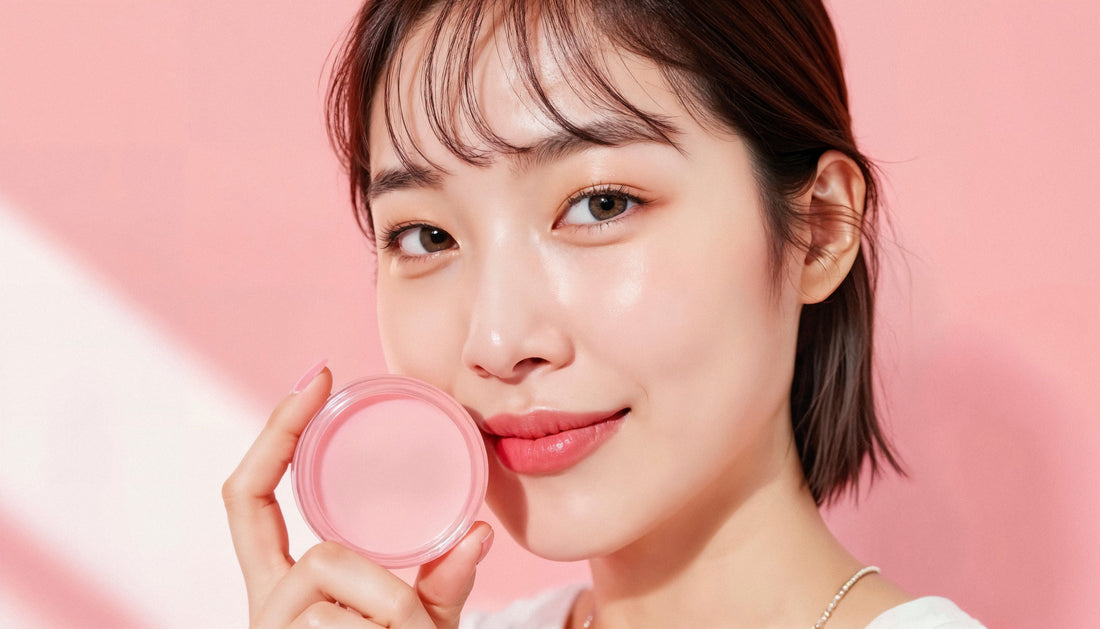
Hydrating vs. Moisturizing: What My Skin Needs?
Share
Hydrating vs. fe: What My Skin Needs?
Understanding the Difference for Healthier, Glowing Skin
Have you ever wondered why your skin still feels dry even after applying a rich cream? The secret might lie in the difference between hydration and moisturization — two steps that sound similar but serve very different purposes. Understanding how they work can completely change the way your skin looks and feels.
Hydrating: Giving Your Skin Water
When we talk about hydrating, we’re talking about adding water to the skin. Think of hydration as quenching your skin’s thirst. Hydrating products — like toners, essences, and lightweight serums — are formulated with ingredients that attract and bind water to the skin’s surface.
Common hydrating ingredients include:
-
Hyaluronic acid – holds up to 1000 times its weight in water.
-
Glycerin – a classic humectant that draws moisture from the air.
-
Aloe vera & green tea extract – soothe and hydrate without heaviness.
Hydration is especially important if your skin feels tight, dull, or flaky, because these are signs of water loss. Using a hydrating essence or serum helps to plump up the skin and restore that healthy, dewy glow — the famous “glass skin”look.
Moisturizing: Locking It All In
Now, moisturizing is about sealing the hydration inside your skin. Moisturizers contain emollients and occlusives — ingredients that form a light barrier on the skin to prevent water from evaporating.
Typical moisturizing ingredients:
-
Ceramides – repair and strengthen the skin barrier.
-
Shea butter or squalane – nourish and soften the surface of the skin.
-
Oils like jojoba or argan – mimic the skin’s natural lipids.
If your skin feels rough, tight even after hydrating, or looks dull and uneven, you probably need more moisturization. Without this step, any hydration you add can quickly disappear.
So, What Does Your Skin Really Need?
Most skin types need both — but in different amounts.
-
Oily or combination skin often benefits from light hydrating layers and a gel-type moisturizer.
-
Dry or mature skin needs deep hydration plus a rich, nourishing cream to prevent moisture loss.
-
Sensitive skin loves products that both hydrate and protect the barrier — like cica-based creams or products with ceramides and panthenol.
In Korean skincare, layering is key. Start with a hydrating toner or essence, follow with a serum, and finish with a moisturizer that locks everything in. This step-by-step approach keeps your skin balanced, glowing, and comfortable all day.
Final Thoughts
Hydrating and moisturizing are like water and oil in perfect harmony — one brings life, the other keeps it. Knowing what your skin craves helps you choose products wisely and create a routine that truly works.
If your skin feels thirsty — reach for hydration.
If it feels dry and rough — seal it in with moisture.
Your skin will thank you with a smooth, luminous glow.
